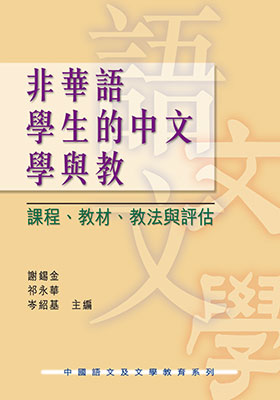
Chinese Learning and Teaching for Non-Chinese Speaking Students: Curriculum, Teaching Materials, Teaching Methods and Assessment
In Hong Kong, the majority of communication takes place in Chinese, but approximately 5% of residents do not have Chinese as their mother tongue. This poses challenges for them in both daily life and learning. It is crucial to support these residents in developing their abilities to speak, listen, read, and write in Chinese.
Historically, Chinese education for non-Chinese speaking students in Hong Kong has lacked a unified and effective system. Each school has been responsible for designing its own curriculum, teaching materials, methods, and assessments based on their individual experiences and circumstances. However, through the ""University-School Support Plan,"" the Chinese Education Research Center at the University of Hong Kong has collaborated with various schools to develop school-based curricula and explore effective teaching methods. The aim is to advance the research and development of teaching Chinese as a foreign language.
""Chinese Learning and Teaching for Non-Chinese Speaking Students"" serves as a compilation of the experiences of collaborating schools and frontline teachers. It offers suggestions for effective curricula, teaching material design, and teaching methods tailored to the needs of different schools.




